Living with a disability brings about a range of distinctive challenges and opportunities. Individuals may experience a range of physical and mental effects due to disabilities, with the extent of the impact varying based on the specific condition and its severity. Nevertheless, with adequate assistance, resources, and techniques, individuals with disabilities can experience rewarding and self-sufficient lives. This extensive guide delves into the different facets of living with a disability, covering topics such as medical care, adaptive technologies, psychological support, and societal integration.
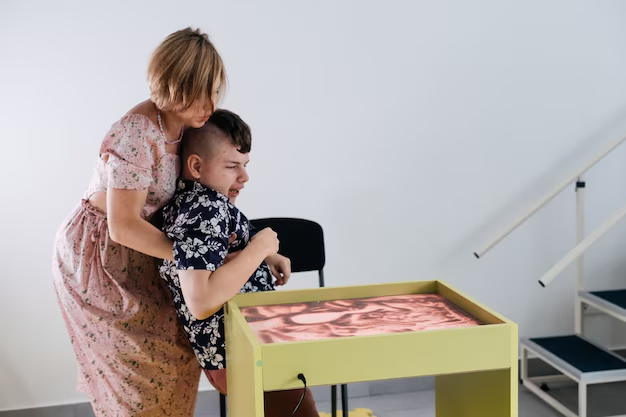
Exploring Disability
- Understanding Disabilities: Physical Disabilities: These encompass various conditions that impact a person’s mobility, dexterity, or physical abilities. Some examples of conditions that can affect mobility and physical function include spinal cord injuries, cerebral palsy, muscular dystrophy, and amputation.
- Sensory disabilities can have an impact on our senses, including vision and hearing. Some examples are blindness, low vision, deafness, and hearing impairment.
- Intellectual Disabilities: These have a significant impact on cognitive functioning and development. Some examples are Down syndrome, autism spectrum disorder, and developmental delays.
- Psychiatric Disabilities: These are mental health conditions that have a profound impact on one’s ability to carry out daily activities. Some examples are depression, bipolar disorder, and schizophrenia.
- Chronic Illnesses: These are long-term health conditions that have the potential to cause disability. Examples include diabetes, multiple sclerosis, and rheumatoid arthritis.
- Prevalence and Demographics: The World Health Organization (WHO) reports that more than one billion individuals, which accounts for approximately 15% of the world’s population, experience some form of disability.
- Disabilities can affect individuals of all ages, but their occurrence tends to become more common as people get older. Elderly individuals are at a higher risk of developing disabilities as a result of age-related conditions.
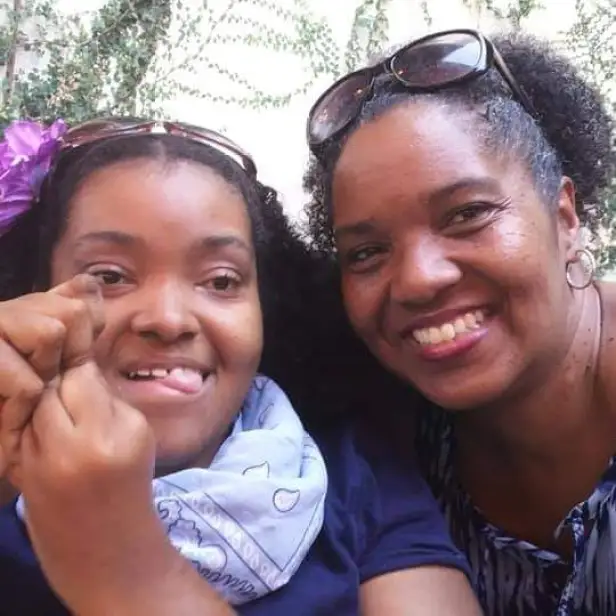
Medical Care and Management
- Importance of Early Diagnosis and Intervention: The significance of early diagnosis and intervention cannot be overstated when it comes to effectively managing disabilities. Regular screenings and assessments are crucial for detecting conditions at an early stage, enabling prompt treatment and support.
- Pediatricians and specialists are crucial in diagnosing and managing developmental and intellectual disabilities in children.
- Collaborative Approach: Effectively managing a disability often involves working with a team of healthcare professionals from different fields. This team may include primary care physicians, specialists, physical therapists, occupational therapists, and mental health professionals.
- Coordinated care is essential for addressing all aspects of an individual’s health and well-being in a comprehensive manner.
- Rehabilitation Services: Rehabilitation services, including physical therapy, occupational therapy, and speech therapy, play a crucial role in enhancing function and promoting independence.
- Customized rehabilitation plans are crafted to cater to the unique needs and aspirations of every person.
- Enhancing Quality of Life: Utilizing assistive devices and technologies can greatly improve the overall quality of life for individuals with disabilities. Some of the items covered are wheelchairs, prosthetics, hearing aids, visual aids, and communication devices.
- Technology advancements are constantly enhancing the usability and accessibility of these devices.
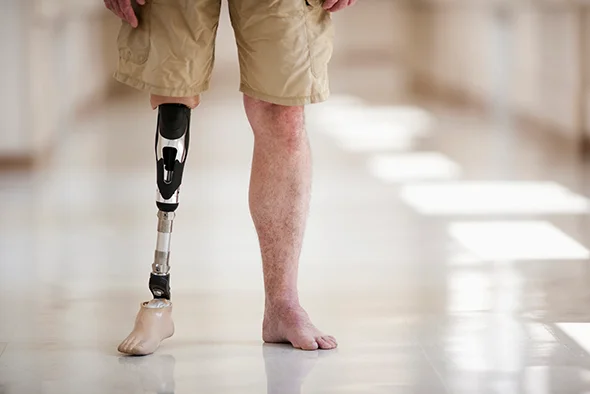
Providing Psychological and Emotional Support
- Mental Health Care: Dealing with a disability can have a significant impact on one’s mental well-being, potentially giving rise to conditions like depression, anxiety, and stress. Having access to mental health care is absolutely essential when it comes to tackling these problems.
- Seeking counseling and therapy, such as cognitive-behavioral therapy (CBT) and support groups, can offer valuable emotional support and effective coping strategies.
- Developing Resilience: Developing resilience involves the capacity to adjust and flourish in the face of obstacles. Developing resilience requires cultivating a positive mindset, establishing realistic goals, and nurturing a reliable support system.
- Practicing techniques like mindfulness, meditation, and stress management can help boost resilience.
- Social Support: Having a strong network of family, friends, and peers is crucial for maintaining emotional well-being. Building strong connections with others can create a sense of belonging and help alleviate feelings of isolation.
- Community organizations and disability advocacy groups can provide extra support and resources.
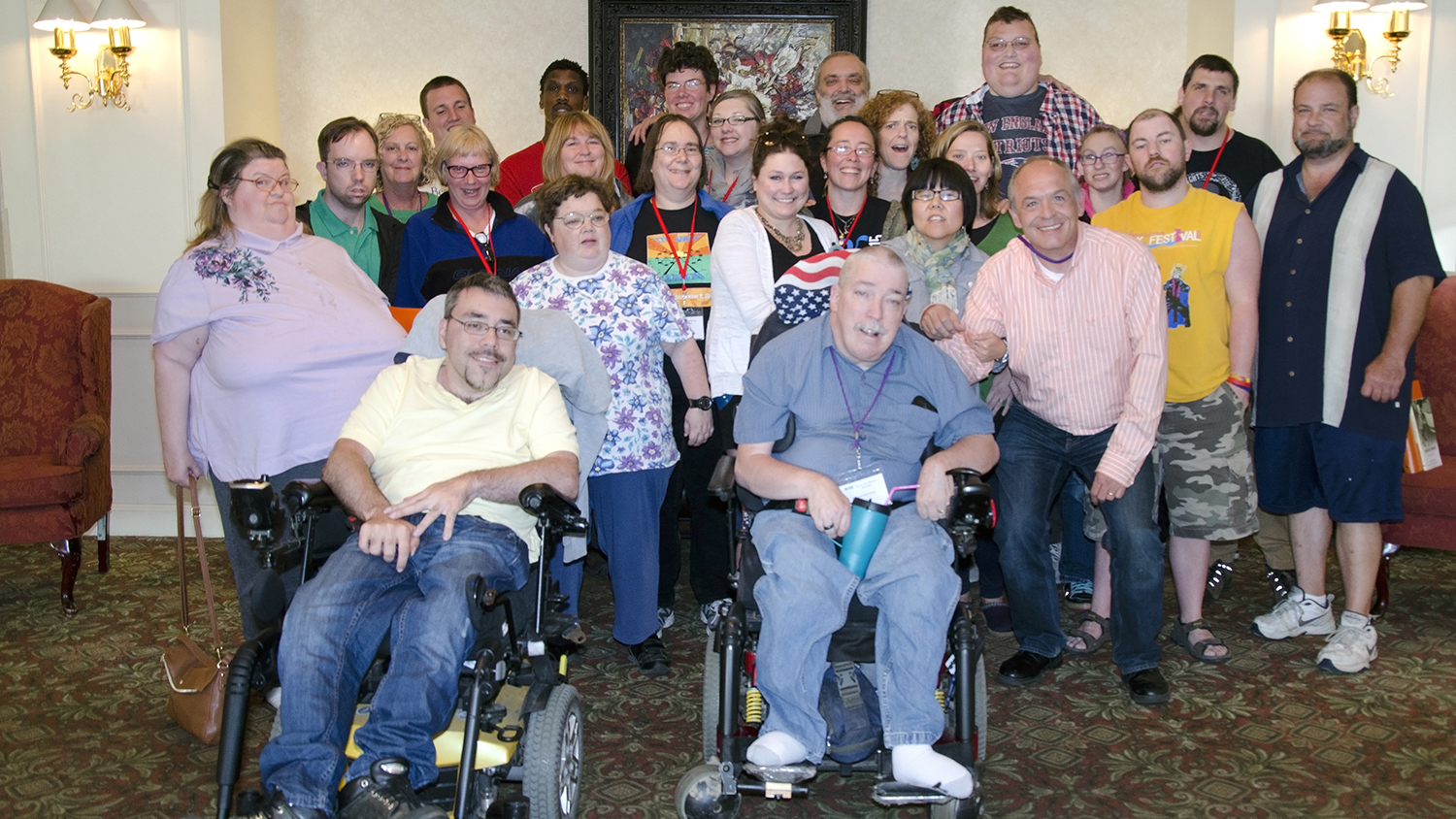
Education and Employment
- Promoting Inclusive Education: Promoting inclusive education guarantees equal educational opportunities for students with disabilities, allowing them to access the same resources as their peers. These services encompass accommodations, modifications, and support services.
- IEPs and 504 plans provide personalized accommodations and goals for students with disabilities.
- Transition to Adulthood: Planning for the transition is essential in assisting young adults with disabilities in navigating the shift from school to post-secondary education, vocational training, or employment.
- Vocational rehabilitation services offer a range of valuable resources to help individuals with job training, career counseling, and job placement assistance.
- Job Opportunities: Finding employment is crucial for attaining independence and financial stability. It is important for employers to ensure that individuals with disabilities are able to effectively perform their job duties by providing reasonable accommodations.
- Legislation like the Americans with Disabilities Act (ADA) ensures that individuals with disabilities are safeguarded in the workplace.
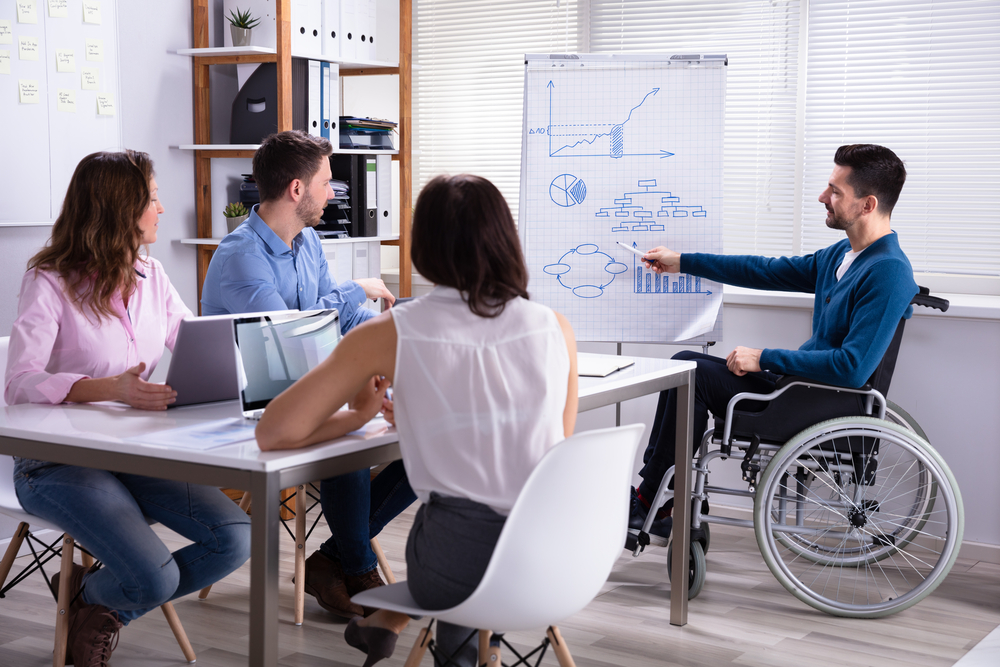
Embracing Accessibility and Inclusion
- Physical Accessibility: It is crucial to prioritize the accessibility of public spaces, buildings, and transportation to empower individuals with disabilities and encourage their independence and participation.
- Universal design principles strive to ensure that environments are inclusive and accommodating for individuals of all abilities.
- Digital Accessibility: Designing websites, software, and digital content to be accessible for individuals with disabilities, including those who use assistive technologies, is crucial.
- Standards for digital accessibility, like the Web Content Accessibility Guidelines (WCAG), offer guidelines to follow.
- Promoting Advocacy and Rights: Promoting advocacy is essential for ensuring the rights and inclusion of individuals with disabilities. Advocacy efforts have the potential to bring about significant changes in policies, services, and public awareness.
- Disability rights organizations are dedicated to safeguarding the rights and preserving the dignity of individuals with disabilities while also striving to foster social change.
Health and Wellness
- Physical Health: Consistently engaging in physical activity is crucial for preserving well-being and warding off potential complications. Exercise programs can be adjusted to suit different abilities.
- Proper nutrition and a well-balanced diet play a crucial role in maintaining good health and effectively managing chronic conditions.
- Taking Care of Your Health: Regular check-ups and screenings are important for detecting and managing health issues early on.
- Emphasizing the significance of vaccinations and health education as crucial elements of preventive care.
- Promoting Self-Care and Independence: Emphasizing the importance of self-care and independence is crucial for improving one’s quality of life. These activities encompass tasks like getting dressed, taking care of personal appearance, and preparing meals.
- Training and support can assist individuals in acquiring the necessary skills for living independently.

Exploring Innovations and Future Directions
- Technological Advances: Ongoing technological innovations are having a positive impact on the lives of people with disabilities. Emerging technologies like exoskeletons, smart home devices, and virtual reality open up exciting opportunities for enhanced mobility and independence.
- Exploring various fields like gene therapy, neuroprosthetics, and regenerative medicine brings hope for potential future treatments and interventions.
- Policy and Legislation: Ongoing advocacy is necessary to ensure that policies and legislation consistently safeguard the rights and enhance the lives of individuals with disabilities.
- Collaboration among different entities is crucial in order to establish inclusive and supportive environments.
SUMMARY
Living with a disability can be challenging, but with the proper support, resources, and strategies, individuals with disabilities can achieve fulfillment and independence. A holistic approach to disability encompasses a wide range of essential elements, including comprehensive medical care, psychological support, inclusive education, employment opportunities, and accessibility. Through the promotion of resilience, advocacy, and innovation, a society that fosters inclusivity can be created, allowing individuals with disabilities to be empowered and flourish.